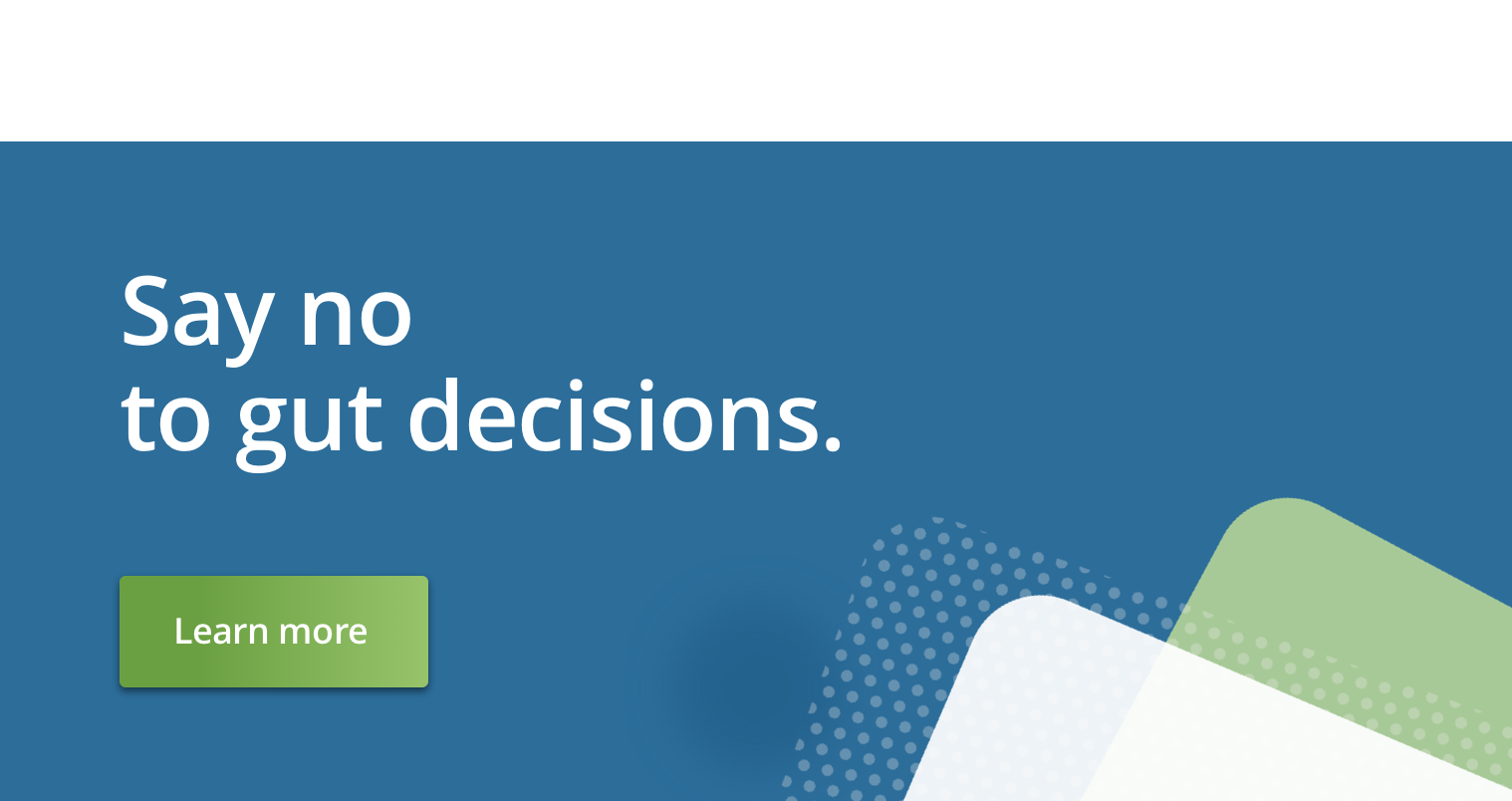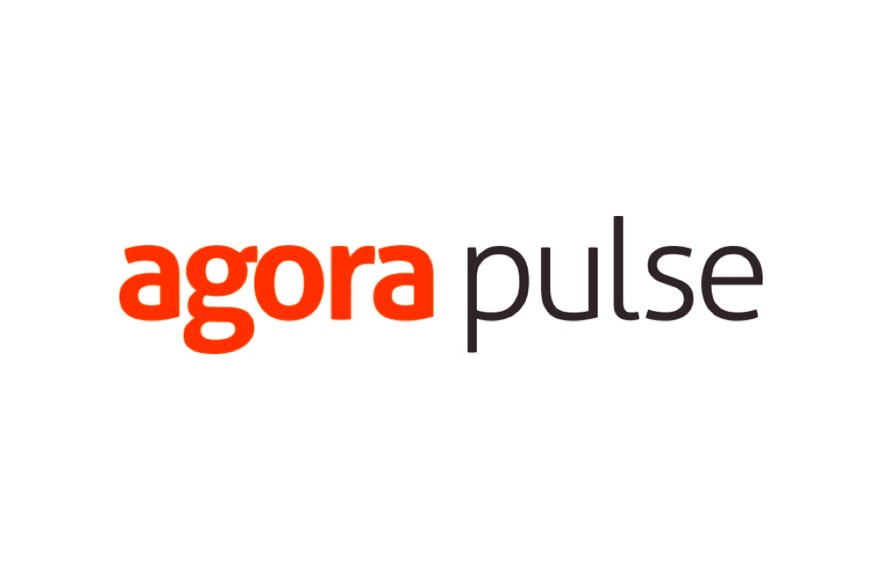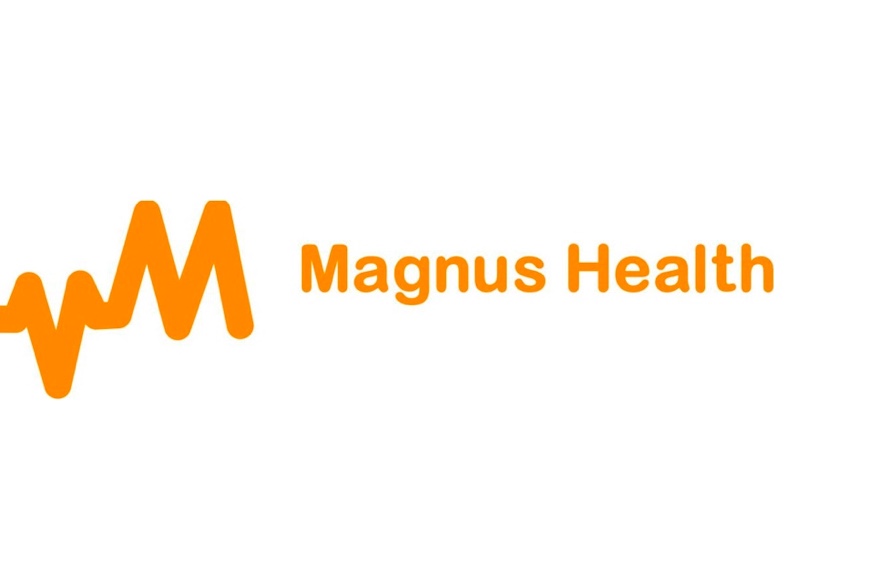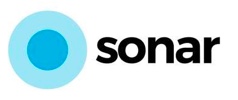
Trello, Goodbye: How Sonar Switched from Trello to Receptive
Recently, Aly sat down with Simon Westlake, CEO at Sonar Software. Sonar offer a modern approach to billing and OSS for ISPs. Simon explains how they made the switch from Trello to Receptive for managing their feedback.
Trello, Is It Me You’re Looking For?
Trello is a great system for organizing teams and delegating tasks, as well as keeping track of your progress on those tasks.
Sonar were using Trello for that and more. They were also putting any feature requests or feedback into Trello, assigning a card for each request.
At first this seemed like a simple way of managing things. But Sonar soon ran into some problems.
As they grew, Sonar started receiving more and more requests. This was hampering the support team’s ability to do their job properly, and it also meant that the Trello board was getting out of hand. At one point, Simon estimates that they had over 1500 Trello cards.
This was a backlog that Simon and the rest of Sonar couldn’t deal with. Simon says there was “too much junk” in Trello and eventually he couldn’t even bring himself to look at it.
But they weren’t able to bury their heads in the sand for too long. Their biggest customers came knocking at Simon’s door, asking for the status of their requests. The Trello backlog meant that Simon simply didn’t have an answer for them.
It’s safe to say they had a problem on their hands. Something needed to be done.
The Hunt Is On
The way Simon saw it, Sonar had several key issues that needed to be taken care of.
-
Find a way to ease the backlog of requests.
-
Find a way to keep customers up-to-date with the status of their feedback.
-
Eliminate the countless duplicate requests that support had to contend with.
Simon was sceptical. He didn’t think there was a product out there that could solve all of these problems.
When I looked at Receptive, I thought, oh yeah, here’s a product that’s been built to solve exactly the problem I’ve been trying to solve.
He considered various options including JIRA and Uservoice. He thought that they could make JIRA work but wasn’t convinced. He decided against Uservoice as it “felt like another dumping ground”, precisely what he was trying to escape from.
Then Simon found Receptive. He knew immediately that he’d found a product designed to solve exactly the issues he faced.
Receptive stood out to Simon. He liked the SmartLists, the fact he could easily pull in customer data, and how it tied in directly with his application. Most of all, he liked the simplicity, that “it wasn’t trying to be 100 different things”.
What Happened Next
It took Sonar all of 20 minutes to integrate with Receptive. It was quick and painless.
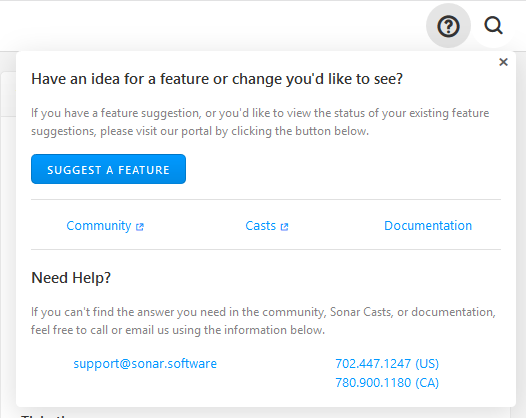
Sonar’s “Suggest A Feature” button sits inside their app and sends their users to the Receptive portal.
One of the immediate benefits was the drastic decrease in support tickets that users sent in with requests on. In fact, Sonar used to get five to ten request tickets a day, rushing support off their feet. After Receptive, that dropped to just one. One a month.
The bigger customers who had constantly submitted feedback started submitting less, instead browsing other users’ ideas and voting on those.
Receptive makes it easy to go in and interpret the data. You don’t need to know every single number and metric. Just run the reports for the top ten. Then make a decision.
An unexpected side effect was that a community began to develop between Sonar’s customers. They began commenting on each other’s requests, either supporting the idea or sharing workarounds and advice.
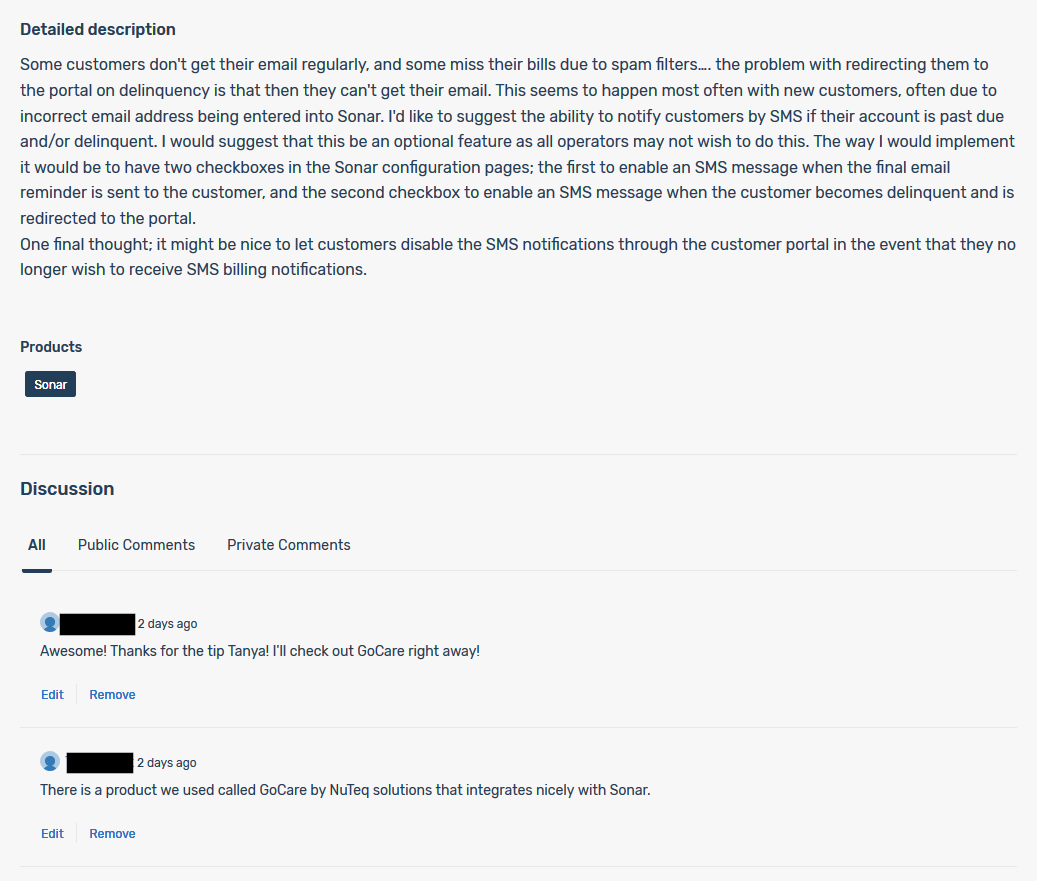
One of Sonar’s users helps a fellow user in the Receptive comments section.
As for the product backlog that Trello had compounded, it started to become a lot more manageable. Simon and his team were suddenly able to use Receptive’s SmartList feature to see what the top ten priorities were at a given time.
Now, when Simon makes product decisions, he can convince the dev team with the data and insights that Receptive has uncovered, ensuring everyone is on the same page.
Finally, Simon believes that Receptive allows Sonar to pick up on the latest trends, enabling them to capitalize on that knowledge and move quickly to build those features before their competitors.
A Happy Ending
As you can see, Sonar had reached the point where Trello was no longer an option for managing feedback and feature requests.
So they made the switch to Receptive. It was simple and efficient, and the benefits have been endless.

